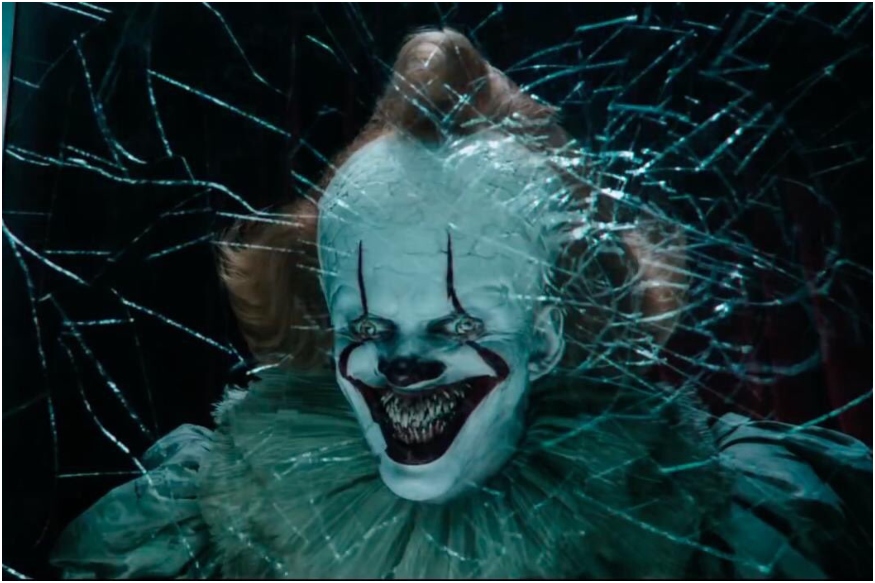
There is good reason Stephen King’s story of It has endured for decades. Amongst his best work, the famed horror author has always been strongest when he’s sketching elegant parallels between fight and flight. Sure, that’s been done to death in modern cinema, and the dynamic between the two states has been mined by horror films forever. But no one does it quite like Stephen King.
That unique voice may not have come across well in some of the most recent Stephen King adaptations (do not waste your time with Pet Sematary), but It Chapter Two isn’t just any film looking to channel the horror mastermind. It’s the follow up to the biggest horror blockbuster of all time, a pressure that must have been haunting director Andy Muschietti ever since the 2017 film absolutely shattered not just records, but expectations.
Stay Faithful
Those who have braved King’s 1000+ page novel will be happy to know that Muschietti more or less honours the source material with a genuine attempt at expressing the original’s close look at shared childhood trauma. And, remarkably, the director also manages to rid the piece of King’s worst impulses, presenting something that can stand on its own as an incredibly slick, visually spectacular, immensely satisfying, and beautifully acted film – not just a horror film, but a film.
Much of this success lies largely with the cast. It’s an all-star ensemble, if you will, with standouts James McAvoy as a grown-up Bill, James Ransone as Eddie, and – of course – Bill Skarsgård as the child-killing, fear-inducing, clown-alien asshole-troll that is Pennywise the Dancing Clown. Although, even with that kind of star power, no one steals the show quite like Bill Hader who plays the grown-up Richie with a masterful mix of drama and horror, often carrying entire scenes by himself and conveying an organic growth with his character that’s lost on the others.
Dealing With Trauma
As the source material dictates, the film takes place in Derry, Maine 27 years after the self-proclaimed Loser’s Club vanquished the fear-inducing clown known simply as It. He’s back, he’s killing again, and it’s up to Mike (Isaiah Mustafa) to bring the others home to this fictional town to kill It off once and for all.
Very quickly, the rather explicit metaphors about dealing with supressed trauma start to unfold. And it has a real, rather incredible, impact thanks to the fact that we, as the audience, already watched an entire movie of these characters going through it as children. In a way, the film is an ode to the power of exposure therapy.
This places It Chapter Two in quite a unique spot. Many of the most effective horror films (and TV shows – The Haunting of Hill House, for example) of the decade have dealt with trauma in some way, and benefited greatly from artful expressions of such an important, pervasive and relatable societal issue. With this two-part cinematic saga, we actually got to witness an entire movie of the trauma, watching these kids go through it and, more importantly, going through it with them.
This adds incredible weight to what unfolds on screen, with the adult Loser Club having to confront their fears both individually and as a group before taking on It. But it also goes beyond that, with the script really getting at the more profound and deeply entrenched traumas that need to be addressed, such as Bill’s grief over not being able to save his little brother Georgie the day he was eaten by It.
Pennywise the Dancing Clown
One of the most consistent compliments for the first movie was the on-the-money casting of Pennywise. Skarsgård nailed it each time the deranged clown was on screen (especially the first time – that look of pure lust when he’s about to eat Georgie is terrifying). Wisely, Muschietti gives even more screen time to Pennywise, and it gives a madcap Skarsgård more of a chance to show off how deep he has sunk into this incredibly dark role.
Unfortunately, similar praises can’t be given to the various other CGI forms supposedly taken by Pennywise, with monsters often so exaggerated they break the tense atmosphere and take it into self-parody. The worst of all is the monster who helps Henry Bowers (Teach Grant) escape from the mental asylum in an attempt to give the Loser’s Club another dangerous threat. Furthermore, the entire Bowers storyline, while lifted directly from the book, is possibly the worst and most redundant part of the film.
Thanks to the way King conceptualised Pennywise as an antagonist, Muschietti is able to add plenty of experimental visual flair to the film. As a psychotic killer, Pennywise very much marinates his victims in their deepest and darkest fears much like a butcher would salt his meat before it’s consumed, leading to some very entertaining and elaborate illusions which Muschietti executes with a true sense of a summer blockbuster. It’s uncompromisingly stylish, adding a glimmer to Chapter Two that helps keep the film engaging, despite it’s overlong running time.
Verdict
There’s some real heart to Chapter Two. Though its threaded into the carnage and could have easily been overwhelmed, Muschietti never loses sight of the key points of social support, trauma and courage that take It far beyond your typical horror movie. Through fantastic performances (and in Hader’s case, maybe even a career-best) what made this tale so endearing in the first place has been bought out and magnified in a way that’s both inspirational and truly terrifying.
![]()
![]()
![]()
![]()
![]()
FOUR AND A HALF STARS (OUT OF FIVE)
It Chapter Two is now out in cinemas.
